All rights are reserved under the copyright of Yasuyuki Ayukawa (2023)
I am visiting companies challenging the global market with Japanese skills, Japanese quality, and Japanese craftmanship based on the tradition. I don’t know if the world has overtaken Japan or if Japan has declined, but in recent years, it is said that Japan’s position in the world is declining in various parts such as economy, society, and the quality of life. But is it really so? Japan still has world-class technology, traditions, and culture, and the value of these has been recognized in other parts of the global market thanks to the efforts of many companies pioneering the market in many countries. Furthermore, there are also new companies taking on the challenge with products and technologies, with their confidence and pride, to the world. In this series, I would like to introduce how such companies are challenging the global market.
In these new series of issues,
I am introducing
the vital actions
of entrepreneurs
in Saga, Kyushu – west end of Japan.
The approach is, again,
how to
get into
overseas market.
This time, I would like to introduce
Shimoda Seichaho
(https:/shimodaseichaho.jp),
in Ureshino, Saga.
Tea is a crystallisation of Japanese tradition, but we are in an era when declining is obvious in the demand of tea in Japan, and when people are moving away from brewing tea at home toward buying in plastic bottles.
To save Ureshino from the hardship of being a tea production centre in such an era, and to survive as a tea merchant himself, Shimoda Seichaho made efforts for opening up new markets and expanding them in overseas with the approach on a market-in basis.
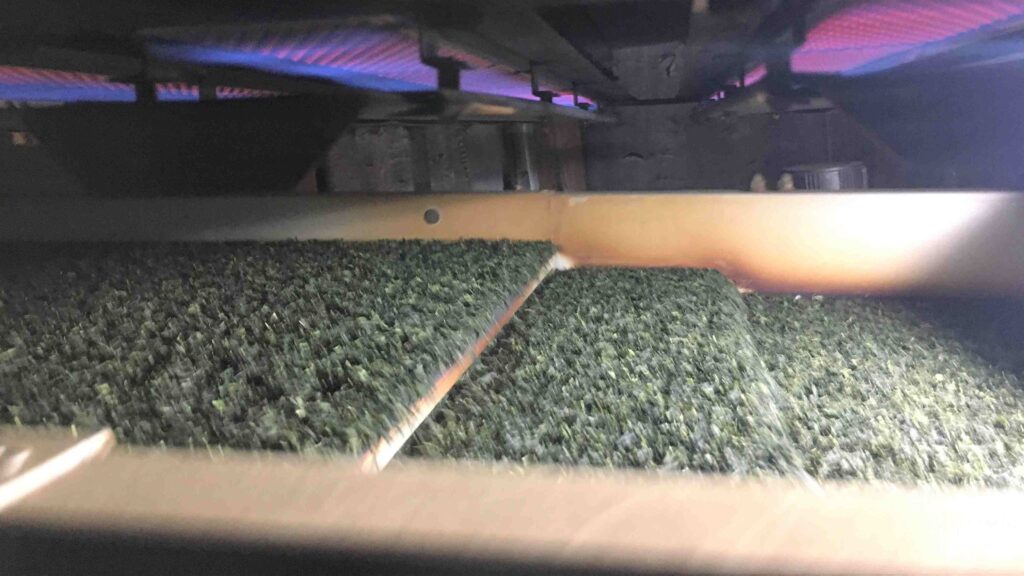
However, there was one more obstacle to overcome in order to achieve this.
There were requirements to be met in order for customers in Canada, Shimoda Seichaho’s largest export market, and in the Western world, a market that extends beyond that, to enjoy our products.
Huh? That customer wouldn’t be particular about quality, would he? What did customers actually want from Shimoda Seichaho’s Ureshino tea besides the quality?
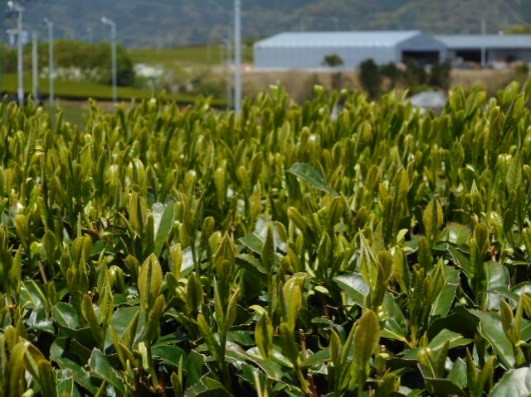
It was a question of how to comply with the regulations in the countries and regions where Shimoda Seichaho and his customers sell their products, even before quality.
As mentioned in the previous issue, Canadian tea traders largely export their flavoured tea (finished products) to Europe.
This requires the tea leaves this customer uses as raw materials to comply with EU standards for pesticide residues.
Japanese regulation for agro-chemical products is different from EU’s one. And tea in Japan usually grown while using chemical pesticides, which are permitted to use in Japanese regulation.
Finally, Shimoda Seichaho has come to the conclusion that, to ensure meeting EU standard for the residual chemical pesticides, Shimoda Seichaho’s should export tea leaves of “non-chemical pesticide”.
However, this is much easier said than done. Moreover, it is not something which can be done overnight.
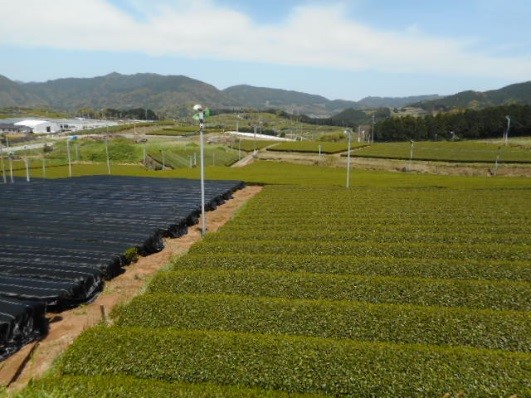
The use of pesticides in Japanese tea is firstly to protect young shoots from pests and diseases, the so-called pest control function .
If pesticides are not used, the young shoots in early summer, which are the essence of Ureshino tea, are exposed to the risk of pests and diseases, and it goes without saying that the cultivation technique becomes more difficult.
Besides, after years of pesticide use, residues on the tea plant and soil level are naturally carried over to the tea leaves.
It takes more than a few years for these residues to decrease to the point where they do not affect the tea leaves.
Furthermore, pesticides are dispersed when sprayed, so there is naturally an impact from surrounding fields.
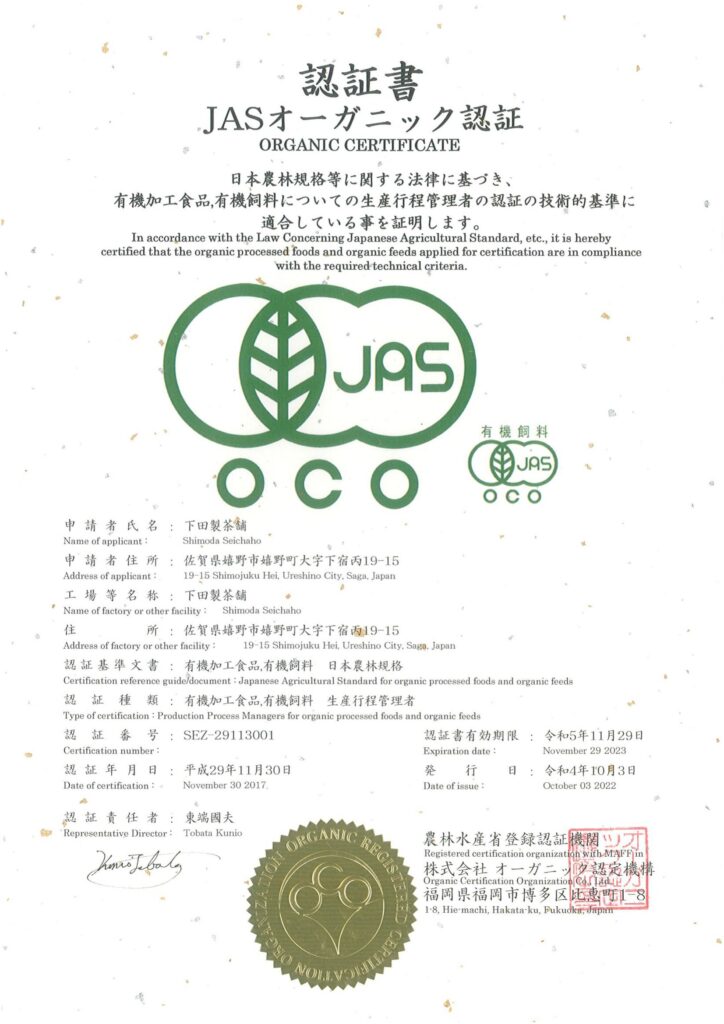
Including these factors, considerable know-how is required for pesticide-free cultivation especially in case of tea leaves.
In order to overcome these difficulties, Shimoda Seichaho collaboratingly worked with a cultivator in Miyazaki Prefecture and a few local cultivators in Ureshino to secure plots of ‘pesticide-free tea’.
First, the producer in Miyazaki Prefecture, who is technically excellent and cultivates on a large scale, secured a certain plot of land for pesticide-free tea leaves.
Four years had to be spent growing there, accumulating data and getting the level of compliance with EU regulations, as well as JAS organic certification for that field.
Next, the know-how of pesticide-free cultivation was extended from that grower to two other farmers in Ureshino.
Due to the difficulty of the cultivation technique, in fact, a very high-quality tea is not required for pesticide-free cultivation.
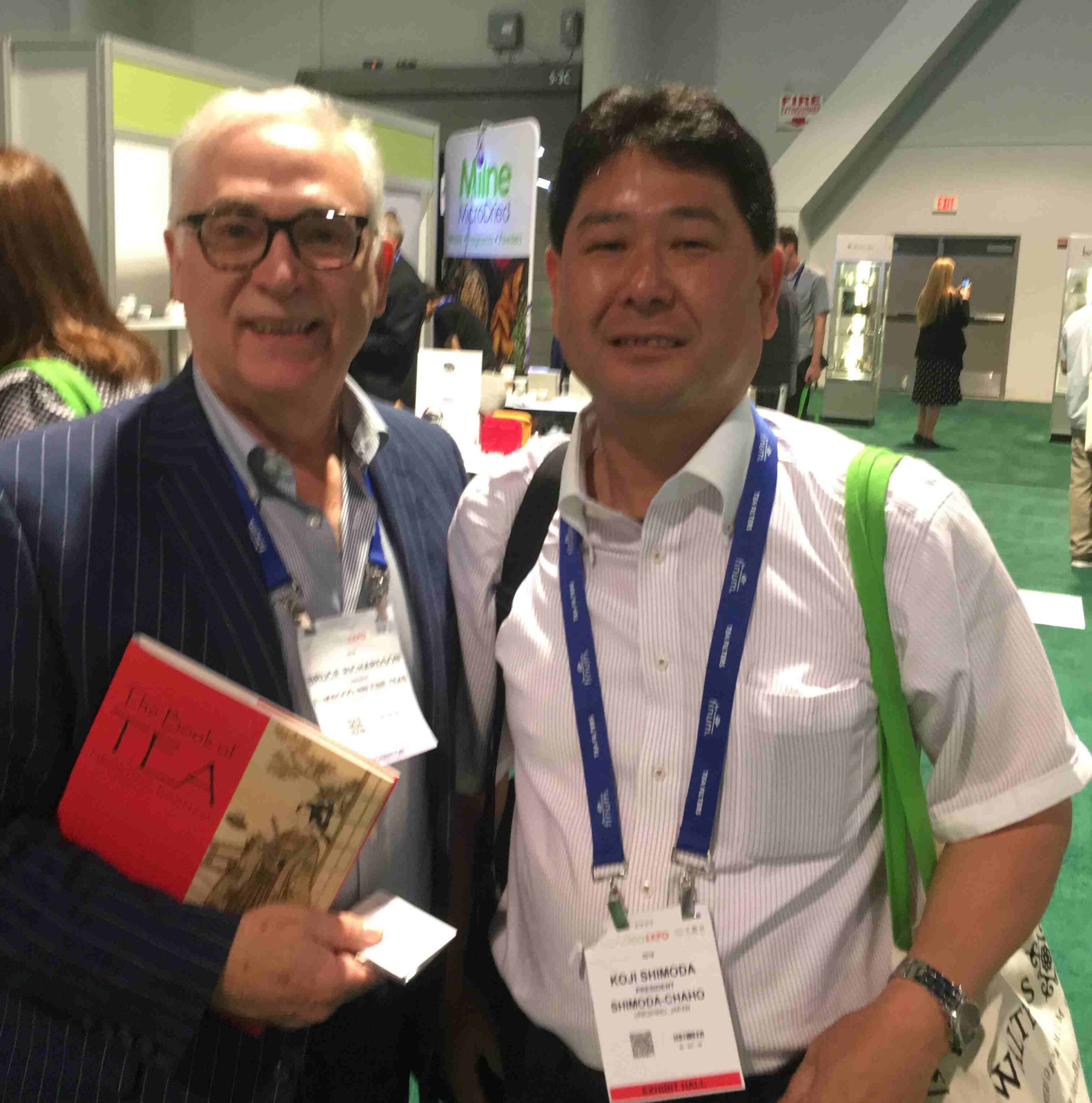
However, this compliance with EU standards through pesticide-free cultivation is absolutely necessary to enter the market, rather than what the Japanese consider to be quality
It was never about the quality needs developed in the Japanese market,
But it was just tea leaves by pesticides-free cultivation, as a result to focus on what had been required for quality in the overseas markets where Shimoda Seichaho was actually to sell the tea leaves.
Finally, based on these teas from Miyazaki and Ureshino cultivators, the Shimoda Seichaho obtained JAS Organic certification (JAS: Japanese Agricultural Standard). Responding to that JAS certification, the tea leaves supplied by Shimoda Seichaho were finally certified by Canadian customers as meeting EU standards.
On the other hand, Shimoda Seichaho has also been working hard to meet the demands of its raw material suppliers. This is “stable supply”
Shimoda Seichaho has secured plots for 25,000 m² in Miyazaki and Ureshino through the above-mentioned network of pesticide-free cultivators, in order sufficiently to meet overseas demand.
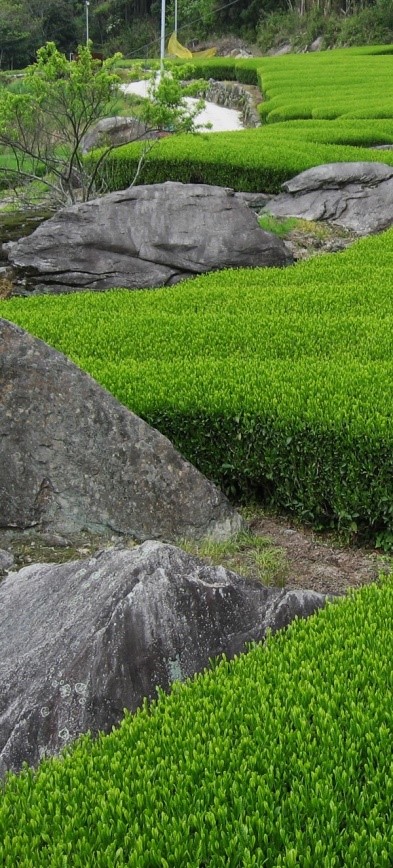
Once, Shimoda Seichaho received an order for 50 tonnes (equivalent to 3-4 40-foot containers) in about two months. At that time, Shimoda Seichaho asked for cooperation not only from within the network mentioned above, but also from pesticide-free cultivator in Shizuoka (midland of Japan where is also famous for tea leaves cultivation) and other areas, and somehow managed to collect and ship the order according to the delivery date requested by the customer.
Japanese tea is said to have originated in the Kamakura era (1185-1333) when the Zen Buddhism monk Eisai brought back tea plants from China. After that it has developed in its own unique way in Japan through historical and cultural changes
The tea ceremony is a representative example of such cultural developments.
Although having recently been overshadowed by PET bottles.
The culture of brewing and serving tea still exists being widespread throughout the country.
However, the challenge for Shimoda Seichaho this time does not seem to export tea as an element of Japanese tradition.
Rather, this means tha it is all abouthow to enjoy the taste of Green Teafrom Ureshino, Kyushu, Japan, as an ingredient of that culture, as a part of the global culture of enjoying tea,
In order to do this,the first prerequisite is that, in order to meet EU standards, Shimoda Seichaho has formed a network cultivators pesticide-free tea to make it possible to export the tea to the global market.
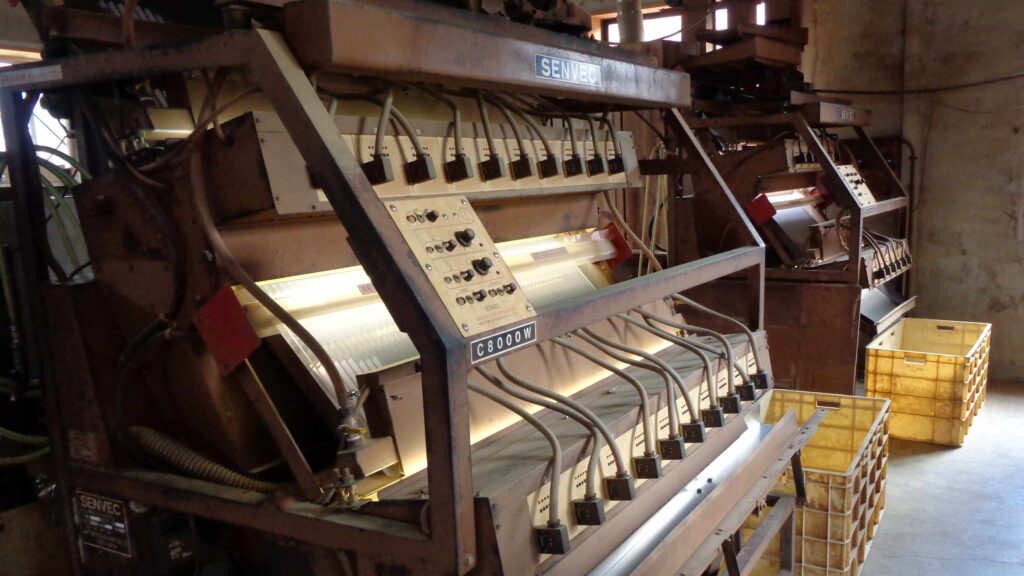
Actually, even sake is becoming more so, in order to be successful, the exporters of products from Japanese traditional culture have to abandon our obsessions and preconceptions and take up the challenge with such an approach.
Instead of exporting Japanese culture and traditions, but in the context of already established cultures abroad, how to respond to the culture as a material part of that culture.
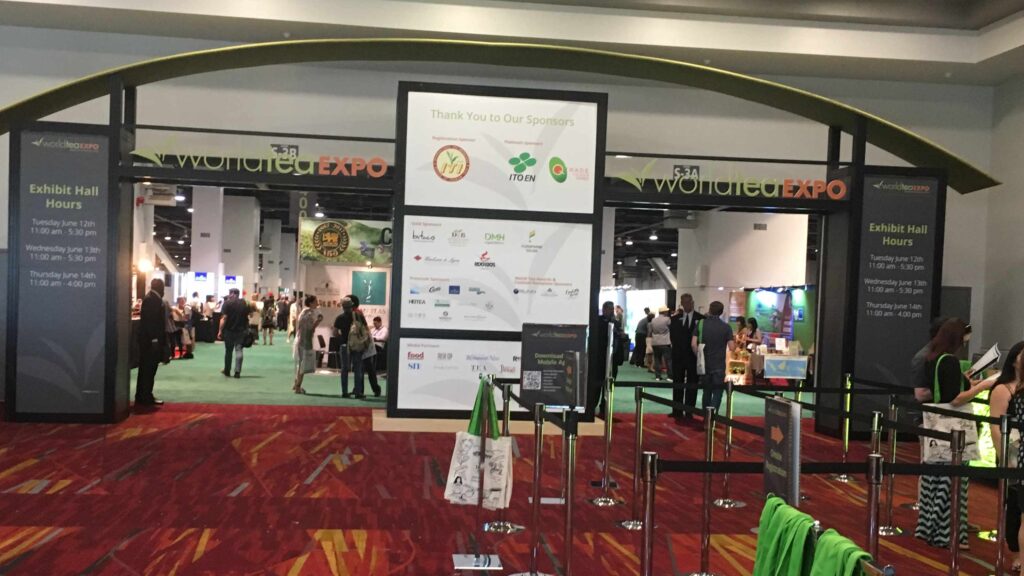
Culture and tradition are not constant as people’s lives change. This seems to be what is happening abroad, not in Japan.
The “market-in approach” is a matter of course in the general industrial and service sectors, but even for such products rooted in traditional Japanese culture, it gets to be same thing to do. This means that it is all about.
Perhaps such practice to export of tea as done by Shimoda Seichaho may be a catalyst for changing the way culture abroad, using traditional Japanese materials.
Shimoda Seichaho is also
in the process of negotiating with
Dubai and the UK.
The challenge of
creating
a new tea culture
continues to expand.

All rights are reserved under the copyright of Yasuyuki Ayukawa (2023)